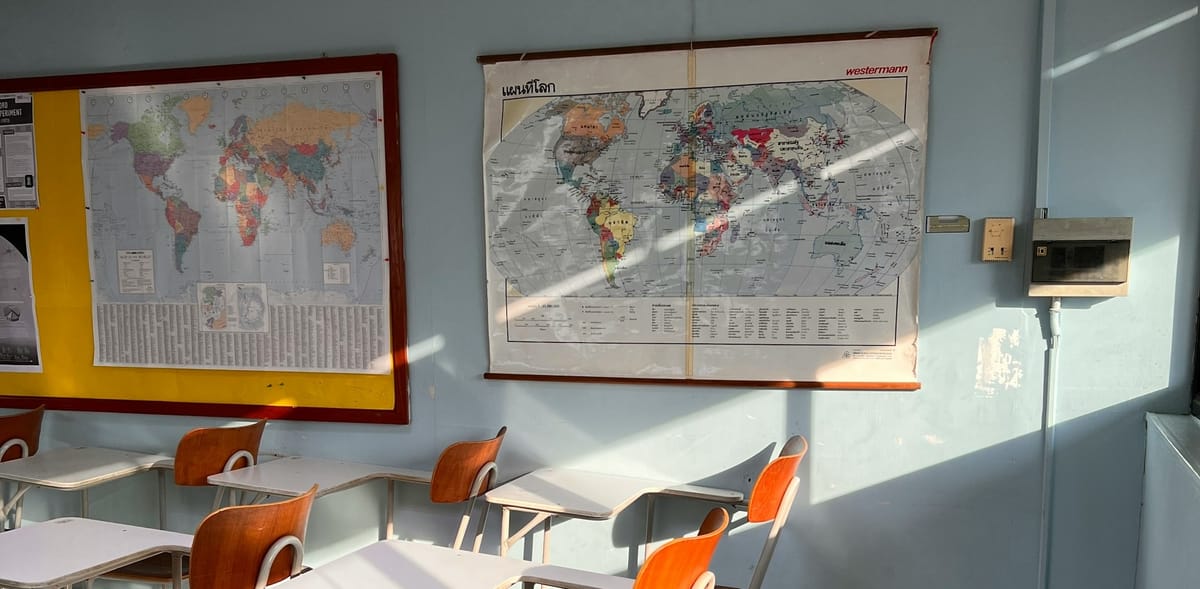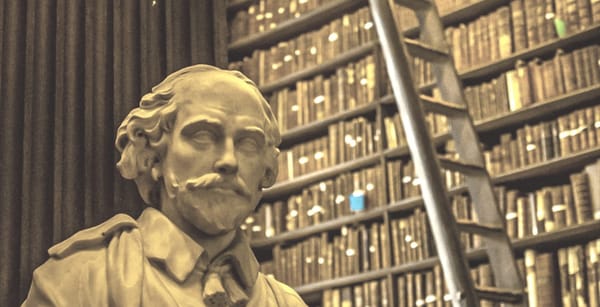Keeping Words Alive: The Journey of Language Preservation

What is the true purpose of language? Is it merely a form of communication? The concept of language encompasses a wide range of factors that are deeply tied to identity, culture, and history. Each word represents generations of stories that constitute a historical string of memories. Despite the preserving nature of language, today, thousands of languages are slowly fading into existence. According to the United Nations Educational, Scientific, and Cultural Organization (UNESCO), roughly half of the world speaks the eight most common languages out of the world’s 7,000 languages. The striking contraction in language variation highlights not just the loss of words or phrases, but an entire perception and history of the world.
Language preservation pertains to the conservation of endangered or dead languages through the means of documentation, promotion, and revitalization of dying languages. It entails consistent effort and initiative to prevent endangered languages from disappearing completely through documenting native practices, compiling language guides, and advocating for language awareness in schools and public settings. Preserving a language doesn’t simply mean “remembering” the language, but it means actively incorporating and teaching it to future generations, ensuring that it continues to develop and thrives within its community.
Linguistic extinction happens through an inadvertent process of neglect and abandonment. Part of this process is that children of certain descent are no longer being taught their ancestral language, which leaves only a select few of elders who speak the language fluently. Once those elders pass away, the language goes along with them. Additionally, when large communities relocate to other parts of the world where their specific language is not commonly spoken, they are most likely to learn the predominant language of their new location. Similarly, if an area is taken over by another country or region, the ruling state’s language will be enforced, erasing the previous remnants of that area’s language.
Despite this, there are many means of preserving these endangered languages, such as schooling and the effective utilization of modern technology. For instance, in New Zealand, the Māori communities have revitalized their language through primary education programs. Māori people spoke Māori as their native language during World War II, but by the 1980s, the language began decreasing in popularity, and few people could be classified as actual “speakers of the language.” As previously mentioned, the Māori addressed this issue by creating language recovery programs (e.g., kōhanga reo), to teach children the Māori language at a young age. Another instance is seen in the Hebrew language. It was revived in the 19th and 20th centuries, becoming the national tongue of Israel and demonstrating one of the first successful revivals of a “dead” language. Correspondingly, in India, Sanskrit was used mainly in sacred texts from Jainism, Buddhism, and Sikhism. Although it isn’t spoken anymore, it is still used in religious ceremonies and plays a significant role in religions like Hinduism today.
Nonetheless, language preservation still faces a multitude of obstacles. The growth and supremacy of popular languages like English or Spanish actively threaten smaller endangered languages, pushing them to the sidelines. Younger generations naturally tend to stray away from their heritage languages, as they view them as impractical or useless. Moreover, in order to promote preservation institutions, there must be a source of significant funding for support and reliance. Unfortunately, most preservation programs have limited funding and volunteers, creating difficulty in large-scale language rebuilding.
Still, there is major hope for preservation—the massive upsurge in technological advancements and activism groups has generated many new opportunities to help support and fund preservation institutes aiming to keep languages alive. Language preservation stems from the desire to maintain the core of historical and linguistic diversity. Supporting language preservation guarantees that future generations can retain their cultural identities while communicating effectively.




